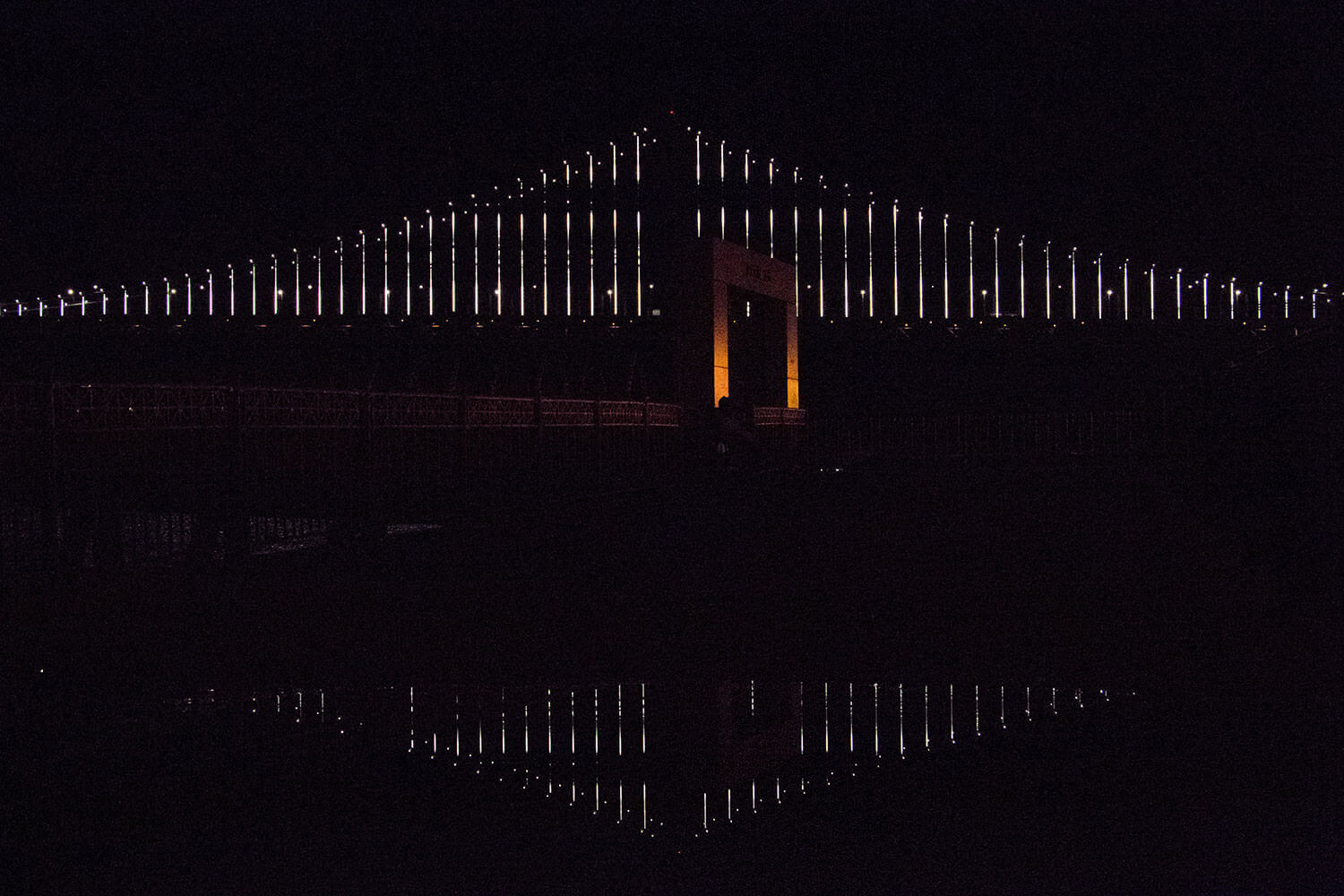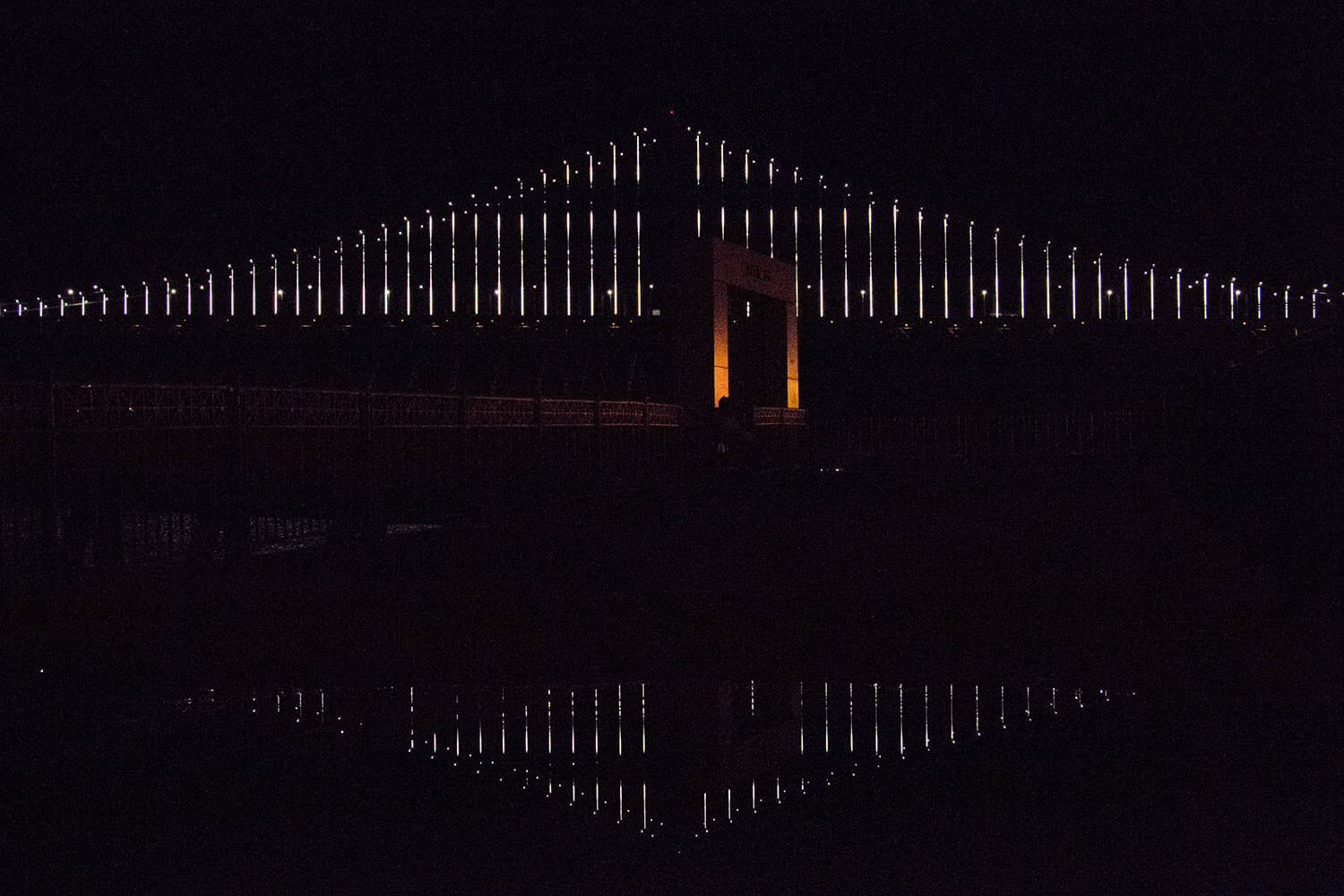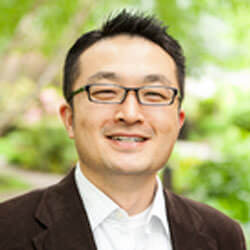
The church father Tertullian’s question, “What has Athens to do with Jerusalem?” has long challenged theologians to interrogate the relationship between theology (Jerusalem) and Western philosophy (Athens). By reframing the question to, “What has Jerusalem to do with Beijing?”(1) the theologian K. K. Yeo frames Asia as the primary context for doing theology rather than the West. As an Asian American theologian, the question I continue to ask myself is, “What has San Francisco to do with Jerusalem?” San Francisco is my Athens and my Beijing. While I have long since moved on from the Korean American immigrant church in San Francisco that I participated in my youth, the range of cultural, religious, and political issues surrounding that community continue to serve as the context from which I do theology today.
I grew up in San Francisco from the mid-70s to the mid-90s until I left for college. My father served as the senior pastor of Korean Central Presbyterian Church, which at that time was located at the corner of Geary and Fillmore. As a pastor’s kid, that church was a second home to me. I’d be at church up to three days a week during the school year, and even more in the summer.
Next door to the church was the Fillmore Auditorium, which in its heyday hosted bands such as the Grateful Dead, the Doors, and Jimi Hendrix; I recall seeing lines of concertgoers in front of our church on Friday and Saturday nights. In 1979, a deacon from our church purchased the building in an auction for a bargain. I imagine there were few others interested in purchasing a building whose previous tenants were also the Peoples Temple cult led by Jim Jones. Jim Jones is infamous for relocating his cult to a commune in Guyana and killing 918 people in a mass suicide. As a kid, I only had a vague understanding of who Jim Jones was, so it never struck me as odd that my father sat at Jones’ desk in his former office and preached from the pulpit of a mass murderer, and that we sat in the pews of a congregation that was now dead.

The Fillmore District was no stranger to entire communities being displaced from their land. Maya Angelou recalls these events in the early months of World War II:
"The Yakamoto Sea Food Market quietly became Sammy’s Shoe Shine Parlor and Smoke Shop ... The Japanese shops, which sold products to Nisei customers, were taken over by enterprising Negro businessmen, and in less than a year became permanent homes away from home for the newly arrived Southern Blacks. Where the odors of tempura, raw fish and cha had dominated, the aroma of chitlings, greens and ham hocks now prevailed. The Asian population dwindled before my eyes."(2)
Whole populations of people of color would ultimately be forced to migrate and be displaced by Executive Order 9066.
By the late 1940s and 1950s, the Fillmore District was a flourishing, African American middle class neighborhood, even earning the title “The Harlem of the West”. Southern Blacks relocated to San Francisco to work in the shipyards and munition plants, and Black businesses sprang up to serve this community. Some of this culture survived into the ‘80s. I remember frequenting an Adidas store around the corner when Run DMC was king, overhearing live jazz played at Jack’s Tavern across the street, and watching in awe at the athleticism displayed in the Black fast-pitch softball tournaments in the park next to the church.
By the 1970s and 1980s, the Fillmore District had fallen on hard economic times. When we moved in, it was a tough neighborhood with a lot of crime. There was a KFC next to the church that installed bulletproof glass because it got robbed so frequently. Church members, including our own family, experienced robberies and assaults. The Koreans at my dad’s church were recent immigrants who worked in small businesses. Often these businesses were located in African American communities, so any racial tensions from Monday through Saturday carried over to their church experience on Sundays. In such an environment, I think it would have been easy to justify a protectionist mentality and an isolationist approach to our immediate neighbors. I’m sure many in the church thought that we should have nothing to do with our Black neighbors.

What did my dad have us do? Every Easter and Thanksgiving, we would assemble a whole boatload of gift baskets. We would drive to the housing projects, walk right past the drug dealers, march deep into these multi-story buildings, knock on the doors, and pass them out. I remember being scared. Later, the church began to host holiday meals for our neighbors. One Sunday after service, my dad rallied the entire church, handed out evangelistic tracts, and sent us out into the neighborhood to share the gospel with our neighbors. I remember thinking to myself, “Share the gospel? Most of us don’t even speak English!”
My father urged his congregation to not live in a Korean ghetto, and this required learning American culture. On one occasion, he rebuked a couple of church members for refusing to eat turkey on Thanksgiving Sunday. Koreans find turkey rather dry and tasteless, and it doesn’t go well with rice. Yet my father told these folks that in America, everyone eats turkey on Thanksgiving, and now that they were in America, they had to do so as well.
Years later, I would worship at a church in Toledo where my father served as an interim pastor. That particular Sunday fell on July 4, so he made the congregation sing “The Star Spangled Banner” during service. Now if I were in a white church, such an act would be tantamount to idolatry. Yet for these recent immigrants who came to the U.S. with the intent of reaping its economic benefits, singing “The Star Spangled Banner” at church had a subversive effect. They were being called to invest in the civic life of the U.S. out of their allegiance to Christ.
My father was not interested in assimilation; he was intent upon mission. Whether our outreach efforts were effective or not was beside the point. He was intent upon changing us. To this day, my father’s conversational English is quite poor, and when he retired, he returned to his homeland of Korea. He never assimilated. Rather, he embodied the oft-quoted instruction of Jeremiah 29:4-7:
This is what the LORD Almighty, the God of Israel, says to all those I carried into exile from Jerusalem to Babylon: “Build houses and settle down; plant gardens and eat what they produce. Marry and have sons and daughters; find wives for your sons and give your daughters in marriage, so that they too may have sons and daughters. Increase in number there; do not decrease. Also, seek the peace and prosperity of the city to which I have carried you into exile. Pray to the LORD for it, because if it prospers, you too will prosper.
A friend of mine, John Ahn, observes that there are generational differences among the Babylonian exiles.(3) Ahn posits that the bitter experience of exile in texts such as Psalm 137 reflect the sentiments of the first generation of exiles. Positive attitudes toward Babylon in texts such as Jeremiah 29 reflect the experiences of the 1.5 generation, who are more willing and more capable of impacting Babylonian society than their parents. If this is the case, then my father as a first-generation immigrant was a man ahead of his time.
This passage is often referenced as a call for missional engagement. Babylon is a foreign place, the land of the enemy and empire, and God’s people are called to engage its culture and contribute to the common good. Babylon replaces Jerusalem as the site from which theology is done. That is, rather than the comforts, wealth, and privileges of Christendom, theology is to be done from the margins, the poor, and among those deemed “foreigners”.
As a second-generation Asian American who has been able to achieve a relative amount of professional and economic success in the U.S., my pastoral and missional concerns are different. Now I am well aware of the diversity and disparities among Asian Americans, and the ongoing discrimination Asian Americans experience. But I’m concerned about those Rebecca Kim refers to as God’s Whiz Kids:(4) Asian American Christians who attend elite educational institutions. I speak of me, and many of my friends and family.

I liken my generation to one generation of exiles after Jeremiah. In 539 BCE, the Persian king Cyrus II conquers Babylon, and soon after issues a decree granting permission for Judeans to return to Jerusalem and rebuild the temple. One would assume that the Jews would be thrilled to return to their homeland, but that is not the case. They have grown comfortable in Babylon, and worse yet, they have been seduced by its idols. Isaiah repeatedly engages in anti-idolatry polemic with this audience (e.g., Isa 44:9-20). Israel hears the pronouncement that the exile is over and that they can return home, but many do not budge. To this people who had been allured by the power, comfort, and prestige of the empire, Isaiah pleads:
Go out from Babylon, flee from Chaldea, declare this with a shout of joy, proclaim it, send it forth to the end of the earth; say, “The LORD has redeemed his servant Jacob!” They did not thirst when he led them through the deserts; he made water flow for them from the rock; he split open the rock and the water gushed out. “There is no peace,” says the LORD, “for the wicked.” (Isa 48:20-22, NRSV)
Whereas my father called his generation into Babylon, my generation needs to flee it. Babylon is more than a geographical reality — its power is religious, economic, cultural, and political. So fleeing Babylon may or may not involve relocation. Isaiah identifies the idols of Babylon as Bel and Nebo (Isa 46:1). Asian American idols have names, too: Wealth, Whiteness, and Prestige, among others. When Amy Chua visited Seattle, her Asian American disciples lined up to get their books signed by their Bel, their Nebo.
Today, the Fillmore District is no longer that of my youth. Yet another migration has taken place. African Americans have been economically displaced, affordable housing units have been replaced with expensive condos, and a post office now stands at 1859 Geary Blvd. The 1989 Loma Prieta earthquake destroyed our building. At the time, some San Franciscans could care less about a Korean American community and expressed relief that the specter of Jones was finally removed from the neighborhood. Yet I observed firsthand the grief of an anguished pastor losing this building — which had been expensively remodeled only a year prior — that helped birth a new community. The church relocated to the suburbs of Daly City, and following a ubiquitous pattern, the second-generational English ministry of the church, full of Cal and Stanford grads, has recently gone independent and moved to a different location.
My personal story is the site from which I do theology. Yet it’s not only for me, since my story raises systemic concerns. The question I ask is what does the gospel have to do with immigration, gentrification, institutional and personal racism, generational differences, Asian American social contexts, global Christianity, interracial relations, and economic disparities? To this day I wonder what would have happened had we stayed in the Fillmore. It’s what happened, what didn’t happen, and what could have happened that continue to inform how I do theology today.
(1) K. K. Yeo, What Has Jerusalem to Do With Beijing?: Biblical Interpretation From a Chinese Perspective (Harrisburg, PA: Trinity Press Intl, 1998).
(2) Maya Angelou, I Know Why the Caged Bird Sings (New York: Random House, 1969), 203-04.
(3) John J. Ahn, “Forced Migrations Guiding the Exile: Demarcating 597, 587, and 582 BCE,” in By the Irrigation Canals of Babylon: Approaches to the Study of Exile, ed. J.J.Ahn and J. A. Middlemas; LHBOTS 525 (London: T&T Clark, 2012), 173–89.
(4) Kim, Rebecca Y. God’s New Whiz Kids?: Korean American Evangelicals on Campus. New York: New York University Press, 2006.

Bo Lim is Associate Professor of Old Testament at Seattle Pacific University. He teaches and writes on the topics of OT prophetic literature, theological interpretation, Asian American biblical hermeneutics, and exile and migration. His publications include a commentary on “Hosea” (Eerdmans) and an essay in the “T&T Clark Handbook to Asian American Biblical Hermeneutics”. He enjoys running, biking, and competing in triathlons.

Michelle Kwon is driven by the need to create thought-provoking images. She tries to better understand humanity through books, conversations, and traveling on her two small feet. For more, visit her website at michkwon.com or follow her Instagram @agentlegraph.